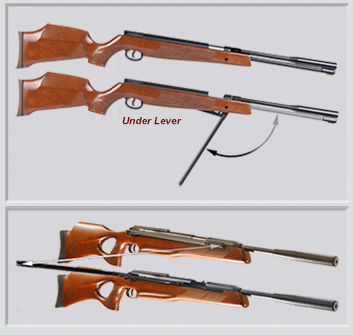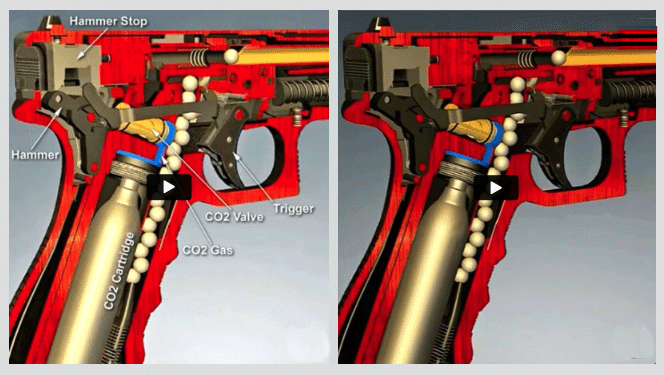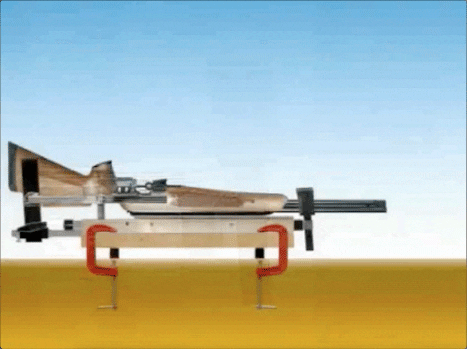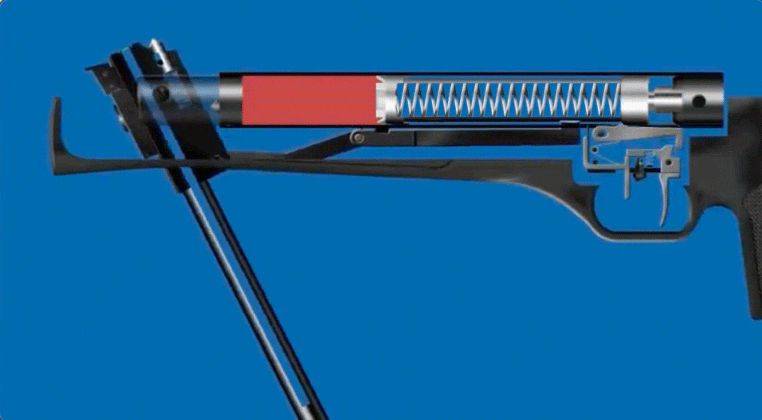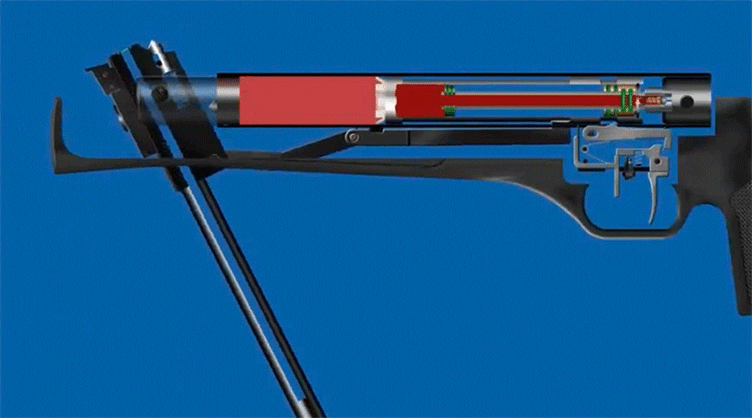The Pellet is Long Gone!
There has been much discussion about “when” a pellet actually exits a spring-action air gun. And, I must admit that in all of the exitment about this subject, i have been wondering myself. So, I obtained a Casio EX-FH25 high speed digital camera and went about setting up this World Famous Suspense Filled Dirt E. Harry Thriller for air rifle recoil slow motion.
As it turns out, it was impossible to actually see the pellet exiting the barrel. Even though the Chronograph said the the slow moving 16 grain EunJin was only traveling 609 feet per second, even at a capture rate of 1,000 frames per second I really thought I could freeze the pellet as it left the barrel. I see now that it would take a much more expensive and sophisicated camera that is capable of somewhere around 10,000 frames per second to stop the pellet.
So then, I reasoned to myself, if I cannot see the pellet then maybe I can capture the result. After think tanking several possibilities, I settled upon a 4″ sewer pipe coupler threaded to attach to a lamp stand and plain old copy paper fixed to it with a common rubber band. As a result, when you see the hole in the copy paper (only three inches from the muzzle), that is the instant that the pellet passes that point and thus establishes the precise time when it exits the barrel.
Notice that the barrel moves straight back and then straight forward and then the pellet leaves the barrel just before the spring comes to the end of its travel and starts the horrific vibrations. Therefore, this Thriller supports the theory of and is a fitting sequel to the When Does a Pellet Actually Exit a Spring-Action Air Gun? Thriller, as it proves that the back recoil, foward recoil and subsequent vibrations have no effect on the trajectory of the pellet what so ever. In short, again, the pellet is long gone!
About the Author: Dirt E. Harry
The Pellet is Long Gone!
There has been much discussion about “when” a pellet actually exits a spring-action air gun. And, I must admit that in all of the exitment about this subject, i have been wondering myself. So, I obtained a Casio EX-FH25 high speed digital camera and went about setting up this World Famous Suspense Filled Dirt E. Harry Thriller for air rifle recoil slow motion.
As it turns out, it was impossible to actually see the pellet exiting the barrel. Even though the Chronograph said the the slow moving 16 grain EunJin was only traveling 609 feet per second, even at a capture rate of 1,000 frames per second I really thought I could freeze the pellet as it left the barrel. I see now that it would take a much more expensive and sophisicated camera that is capable of somewhere around 10,000 frames per second to stop the pellet.
So then, I reasoned to myself, if I cannot see the pellet then maybe I can capture the result. After think tanking several possibilities, I settled upon a 4″ sewer pipe coupler threaded to attach to a lamp stand and plain old copy paper fixed to it with a common rubber band. As a result, when you see the hole in the copy paper (only three inches from the muzzle), that is the instant that the pellet passes that point and thus establishes the precise time when it exits the barrel.
Notice that the barrel moves straight back and then straight forward and then the pellet leaves the barrel just before the spring comes to the end of its travel and starts the horrific vibrations. Therefore, this Thriller supports the theory of and is a fitting sequel to the When Does a Pellet Actually Exit a Spring-Action Air Gun? Thriller, as it proves that the back recoil, foward recoil and subsequent vibrations have no effect on the trajectory of the pellet what so ever. In short, again, the pellet is long gone!
About the Author: Dirt E. Harry


